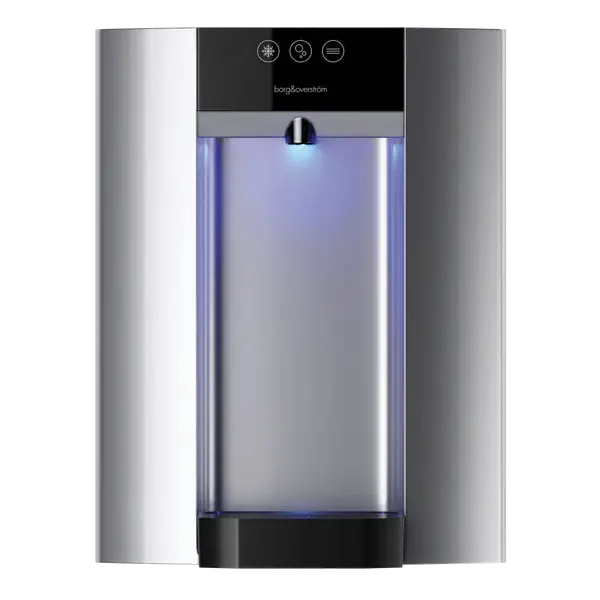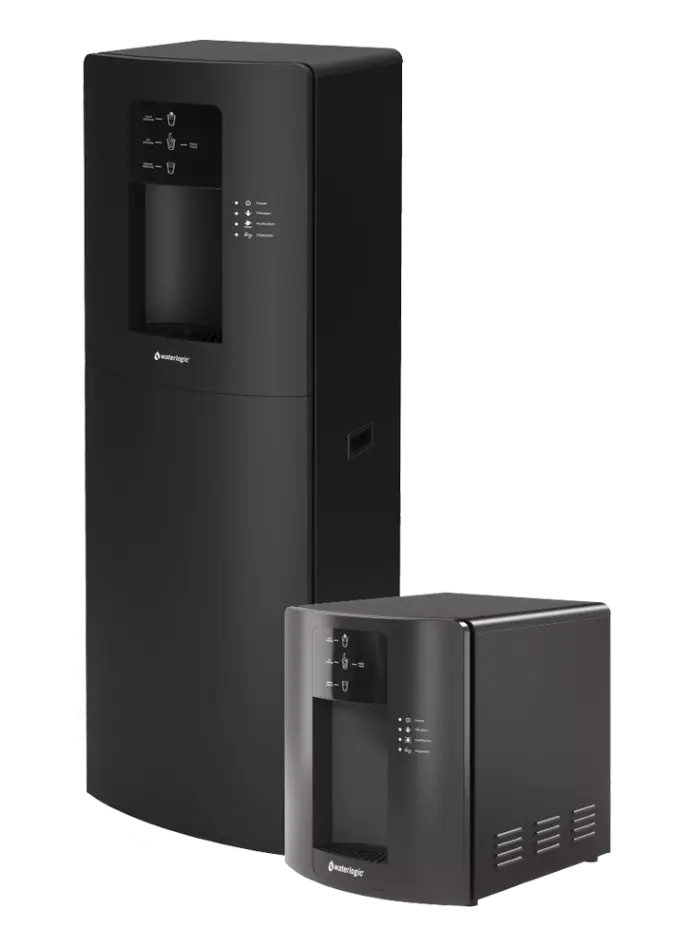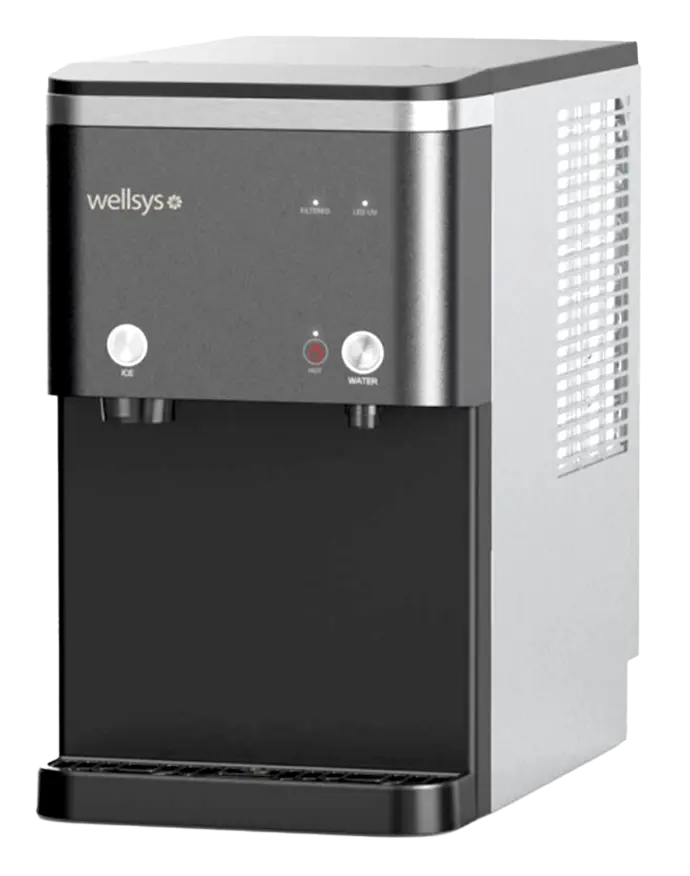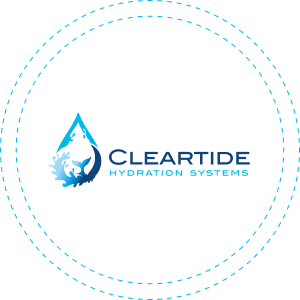Microplastics are tiny bits of plastic (usually less than 5 millimeters, or about the size of a pencil eraser) that come from all sorts of sources. Some microplastics are made to be small – for example, the microbeads once used in toothpaste or cosmetics. Others come from the breakdown of larger plastic items like bottles, bags, or clothing fibers. Over time, sun, wind, waves, and even normal wear and tear can shatter big plastics into countless tiny pieces.
Tiny pieces of plastic – from bottle fragments to fibers – eventually break down into microplastics. Because microplastics are so small, they can drift far and wide. Ocean currents and wind can carry them across the globe, even into remote polar regions. In fact, scientists note that microplastics have been found from tropical beaches all the way to Arctic ice. In short, microplastics are everywhere – in the oceans, in rivers and lakes, in the air we breathe, and even in our tap and bottled drinking water
Where Do Microplastics in Water Come From?
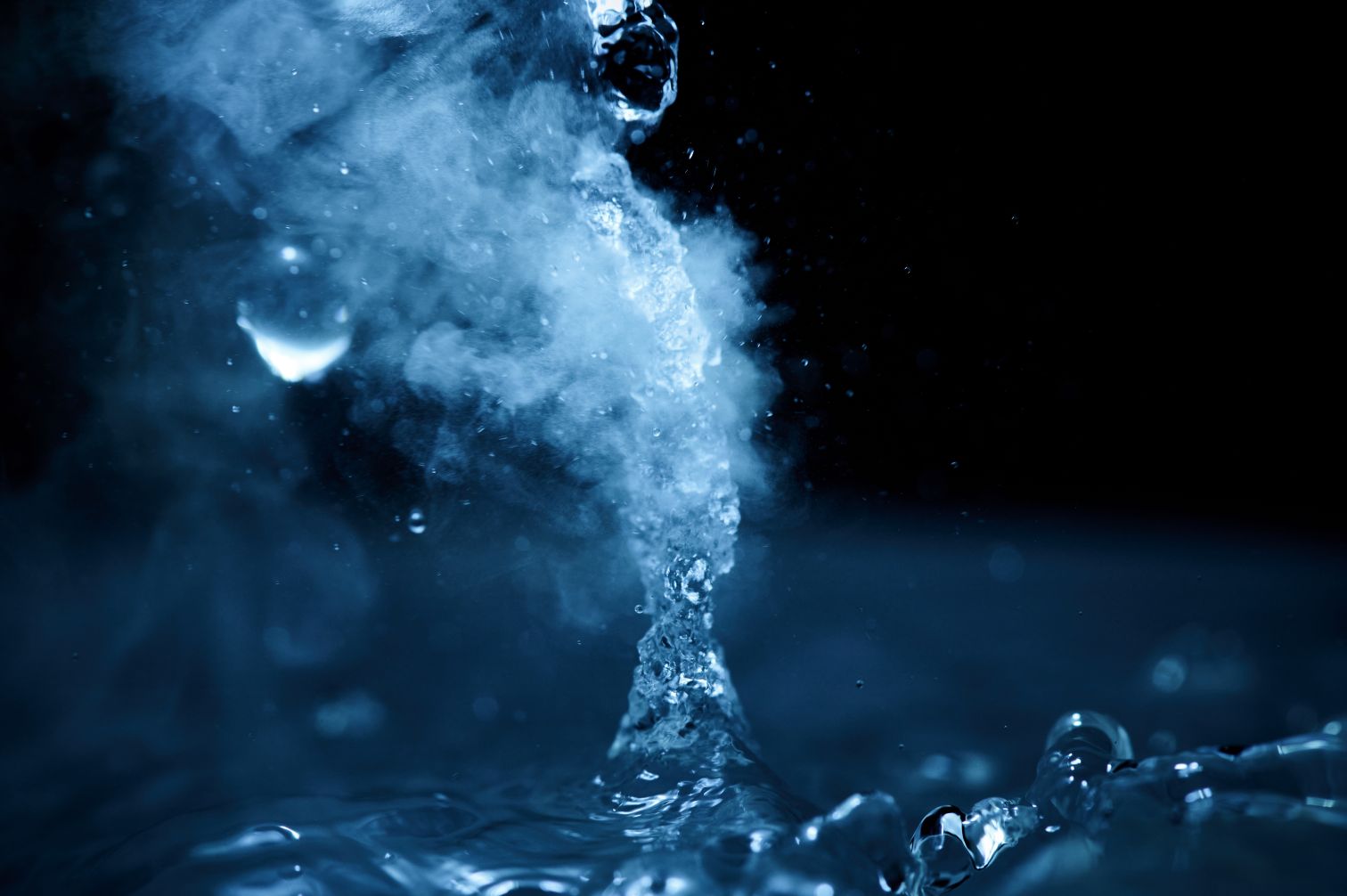
Microplastics get into water supplies in many ways. Litter and runoff. When plastic waste is dropped on land or in streets, wind and rain can carry fragments into storm drains and rivers. Heavy rains can sweep plastic debris (even tiny fragments) from streets into waterways. Wastewater. Tiny fibers from synthetic clothes (polyester, nylon, etc.) shed every time we wash laundry. These microfibers enter wastewater and, even after treatment, can make it into rivers and lakes. Agriculture and sludge. Plastic pieces can also stick to sludge (treated sewage solids) that is spread on fields, or even be absorbed by crops. Industrial spills. Plastic pellets (small beads used to manufacture plastic products) can spill during shipping and go straight into waterways. Everyday products. Items like tires shed tiny plastic pieces when driven on roads, and washed away into water. Even our drinking water treatment can’t catch every speck; studies have found microplastics in treated tap and bottled water.
According to the World Health Organization, runoff and wastewater effluent are the main ways microplastics enter drinking-water sources. For example, one study notes that a single wash load of polyester clothes can release millions of plastic fibers into the drain. Most wastewater plants use filters, but given the enormous number of fibers, many microplastics still pass through and flow into rivers or lakes. Likewise, microbeads from personal care products can wash down the drain; they often end up in sewage sludge or overflow into waterways. Even the simple act of twisting a plastic bottle cap can fling hundreds of microplastic particles into your water.
All this means that microplastics are frequently found in fresh water. A scientific review of dozens of studies concluded that microplastic particles “are frequently present in freshwaters and drinking water”. In other words, no water supply is completely free from plastic bits. (That said, the amounts vary widely between sources and studies, and scientists stress we need better data.)
Effects on Ecosystems and Health

Microplastics can be a hidden threat to both ecosystems and potentially our health. In water, tiny plastic pieces can look like food to marine life. Fish and plankton may eat them by mistake. Studies show that animals that ingest microplastics can suffer health problems. For example, lab research (and real-world observations) find that microplastics can disrupt animal growth and reproduction, making it harder for fish and shellfish to develop or fight off disease. Since these small creatures form the base of the food chain, the harm can ripple upward. Over time, plastic particles – with their chemical additives – can move up the chain into larger predators (and even the seafood we eat.
Microplastics often contain or attract toxic chemicals. For example, plastics may contain phthalates or bisphenol A (BPA) to make them flexible or colorful. When fish eat plastics, these chemicals can leach out inside their bodies. Microfiber particles from textiles also carry dyes and flame-retardant chemicals that can be toxic. Plus, plastics attract pollutants like pesticides and heavy metals that stick to their surface. In effect, a tiny plastic pellet can turn into a cocktail of toxins that gets passed along when an animal eats it.
For humans, the health impacts are still being studied. Some microplastics have been found in human blood, stool, and even breast milk in small studies, but it’s not yet clear what this means for health. The WHO currently says that microplastics in drinking water appear to be a low risk to health at current levels. Most plastic particles found in water are relatively large (over 150 micrometers) and likely pass through our gut without being absorbed. It’s the tiniest nano-particles that concern scientists: these could cross gut or lung barriers, and their long-term effects are unknown. Researchers call for more study, especially of the chemical additives in plastics and how they behave in the body. In short, while evidence of harm at normal exposure levels is limited, reducing plastic exposure is wise given what we know about the toxins involved.
What You Can Do to Reduce Microplastic Exposure

Everyday choices can add up to cleaner water and less plastic pollution. Here are some practical steps:
- Use a water filter or purifier. A good household filter can capture tiny particles before you drink. (Some filters block particles down to 1 micron or smaller.) Drinking filtered water in a reusable bottle also means fewer single-use plastic bottles – studies show nearly all bottled water brands contain some microplastic.
- Avoid plastic containers for hot food. Heat and wear can cause plastics to shed particles. For cooking or leftovers, use glass, stainless steel, or ceramic containers instead of microwaving plastic.
- Wash clothes smarter. Front-loading washers and cold cycles shed fewer fibers than older top-loaders or hot water. Wash full loads less often to reduce friction. You can also use a laundry bag (like a Guppyfriend bag) or an aftermarket filter to catch fibers before they rinse down the drain.
- Choose natural or tightly-woven fabrics. Materials like cotton, linen, or wool release fewer plastic fibers than polyester or fleece. (Note: natural fabrics also shed fibers, but these do not add plastic to the environment.)
- Properly dispose of waste. Never dump plastic trash in nature. Use recycling programs for bottles and packaging. Better waste management means less plastic breaking down into microplastics that reach water.
- Vacuum and dust regularly. Microfibers and plastic dust can settle in homes. Cleaning floors and filters helps keep these tiny particles from becoming airborne or entering drains.
- Support better laws and products. Look for products labeled “microbead-free,” and support bans on microplastics in products. Share information about microplastic filters, and encourage brands to design products with less plastic shedding. Every bit of pressure can push companies to improve.
By combining these steps, we can lower the plastic load in our water cycle. Remember, every piece of plastic you keep out of the trash avoids breaking down into new microplastics later.
Cleartide Hydration Solutions: Clean Water Commitment

Ensuring safe drinking water is a priority for many communities and companies. For example, Cleartide is a brand focused on providing clean, filtered water free from contaminants – including microplastics. Our water filtration systems use advanced technology to remove particles and impurities, so you can drink with confidence.
Cleartide’s mission is to make hydration safer and more sustainable. If you’re interested in keeping up with new water-safety products or tips on healthy hydration, consider subscribing to Cleartide’s newsletter . You’ll get updates on the latest filter technologies and practical advice for protecting your water quality.
In the meantime, remember that everyone can contribute to cleaner water. By understanding microplastics and taking simple actions —filtering water, reducing plastic use, and supporting clean-water brands—we help protect our health and the planet’s waters.
